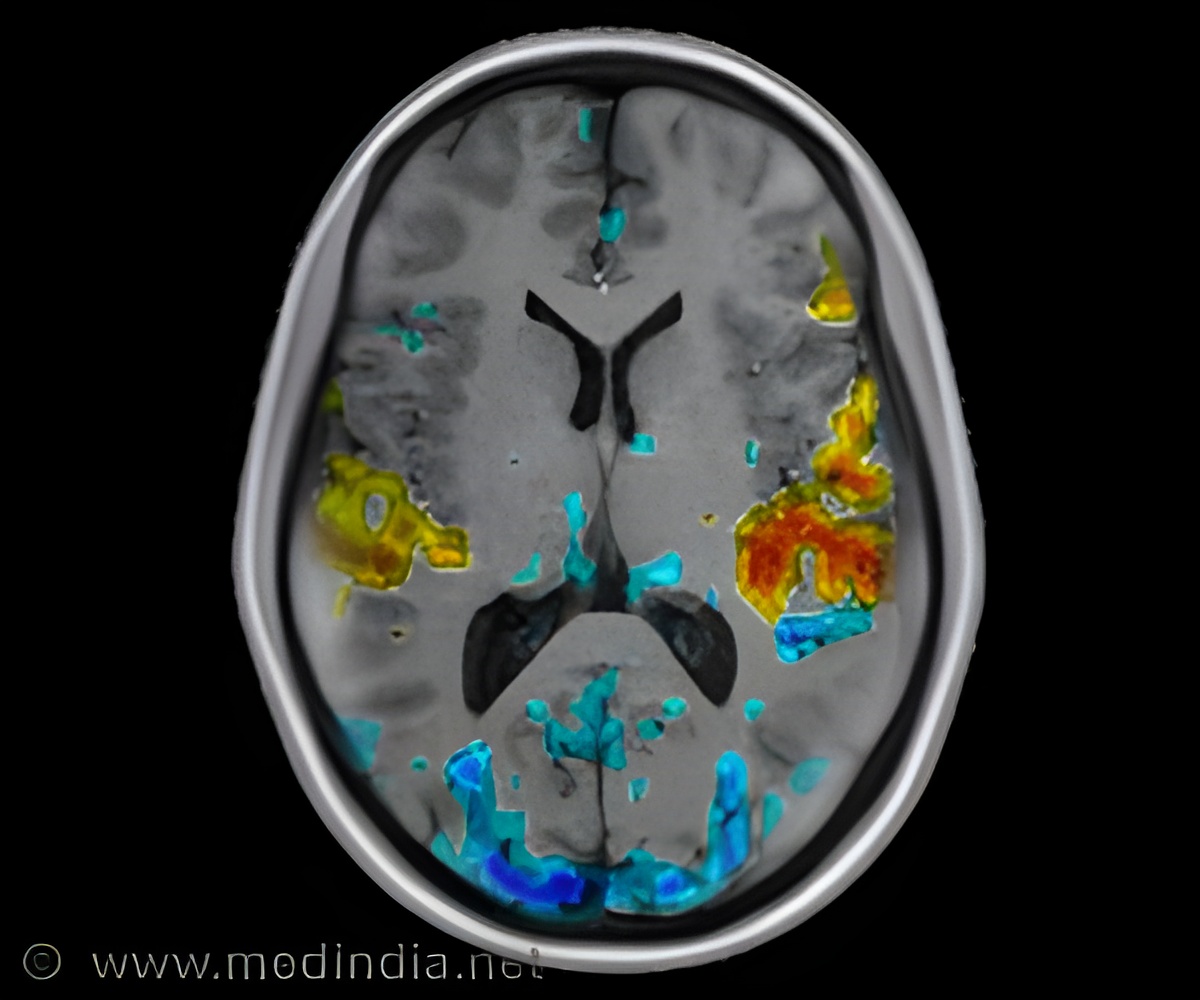Researchers at Johns Hopkins have developed a new imaging technique that can be used to analyze the brain cells in mice that light up when one mice ‘called’ the other.

To get the bigger picture, John Issa, a graduate student in Yue's lab, used a mouse genetically engineered to produce a molecule that glows green in the presence of calcium. Since calcium levels rise in neurons when they become active, neurons in the mouse's auditory cortex glow green when activated by various sounds. Issa used a two-photon microscope to peer into the brains of live mice as they listened to sounds and saw which neurons lit up in response, piecing together a global map of a given mouse's auditory cortex. "With these mice, we were able to both monitor the activity of individual populations of neurons and zoom out to see how those populations fit into a larger organizational picture," he says.
With these advances, Issa and the rest of the research team were able see the tidy tone bands identified in earlier electrode studies. In addition, the new imaging platform quickly revealed more sophisticated properties of the auditory cortex, particularly as mice listened to the chirps they use to communicate with each other. "Understanding how sound representation is organized in the brain is ultimately very important for better treating hearing deficits," Yue says. "We hope that mouse experiments like this can provide a basis for figuring out how our own brains process language and, eventually, how to help people with cochlear implants and similar interventions hear better."
Yue notes that the same approach could also be used to understand other parts of the brain as they react to outside stimuli, such as the visual cortex and the parts of the brain responsible for processing stimuli from limbs.
Source-Eurekalert
 MEDINDIA
MEDINDIA




 Email
Email








